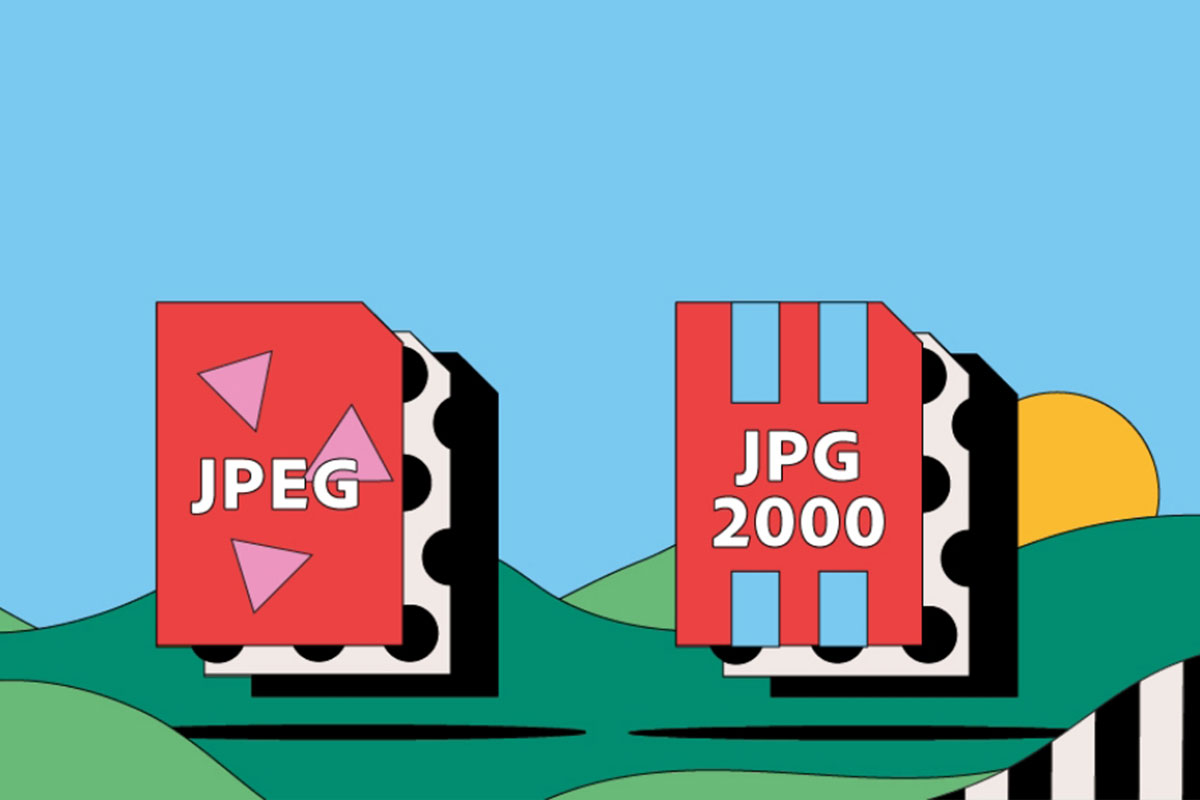What is JPEG, who invented it and why?
Before the 1990s, the internet was generally a text-based platform. Because downloading and distribution of images (bitmaps) created with digital data took a very long time. This situation ended with the invention of the JPEG standard in 1992, which allows images to be compressed to reduce the file size.

Today, the term JPEG is known to everyone. But did you know that the term is not actually an acronym created to describe this form of imagery? JPEG is an international organization known in English as the Joint Photographic Experts Group, created in 1986. This organization was created to develop a standard compression algorithm to reduce the amount of memory used by digital images. Although technically JPEG images are actually called JFIF (JPEG File Interchange Format), this name is not used much.
JPEG converts pixels of colors in an image into blocks of pixels, and then averages the brightness and color values of those blocks and applies these average values to blocks of pixels. This whole process results in the image having a smaller file size. After this process, a complex process called Discrete Cosine Transform is applied, as well as quantization, also known as removing high frequency pixels. Although the file size of the image decreases as a result of this compression process, the difference is not at a level that can be easily noticed by the human eye as long as the compression level is not excessive.
The institution also worked on a new format they called JPEG 2000. No reduction in image quality was observed in this image format. Although it is a more efficient image format compared to JPEG, JPEG 2000 is not yet as widely used as JPEG, although we have arrived in 2016.
